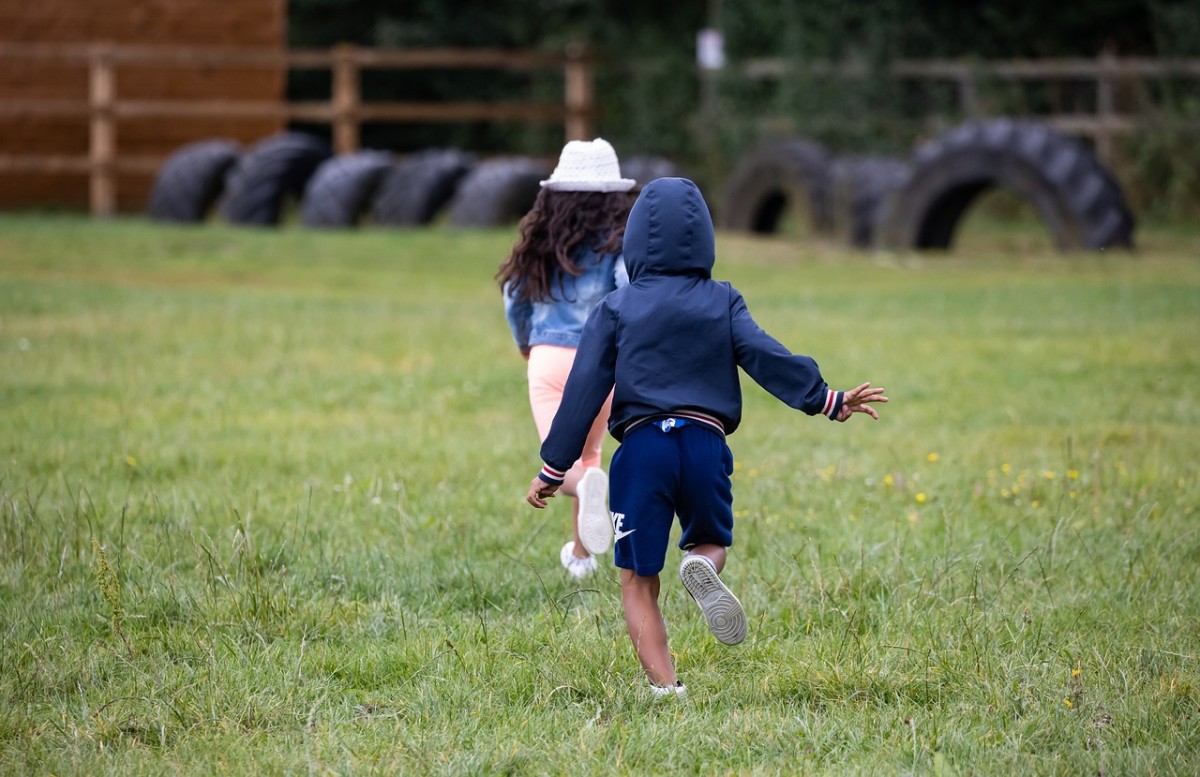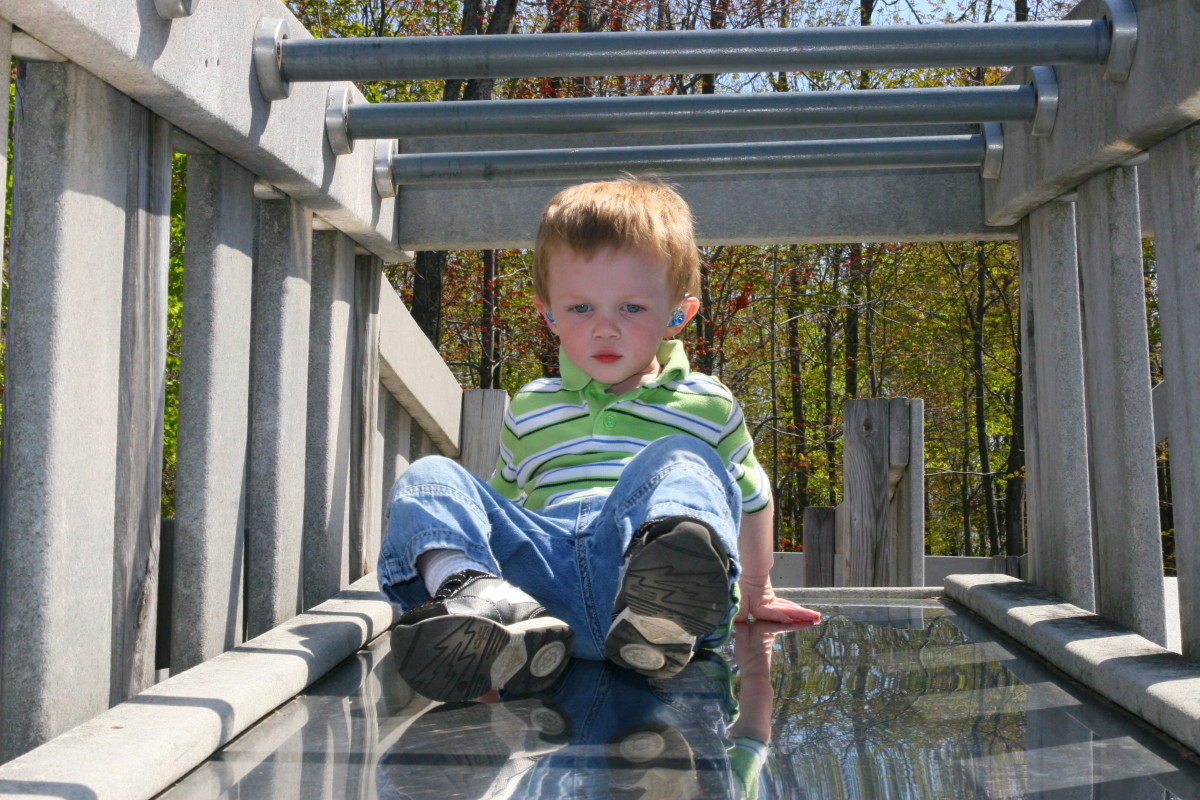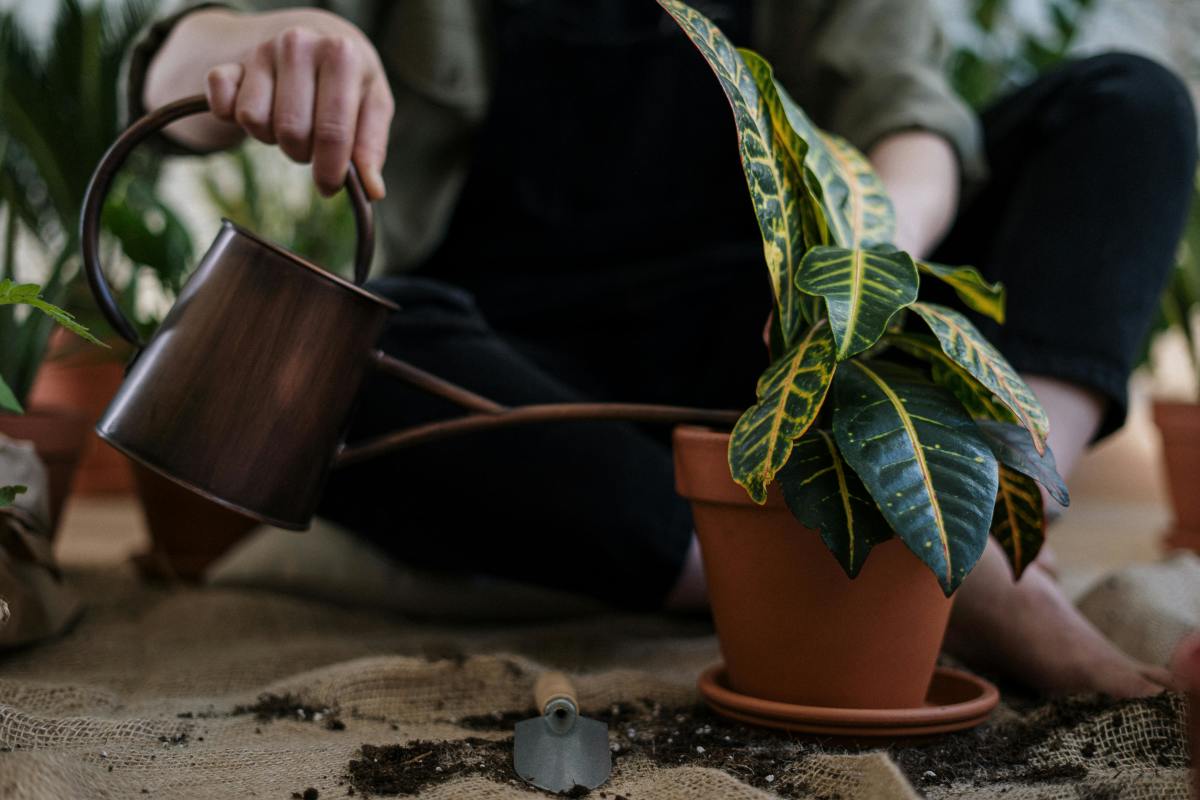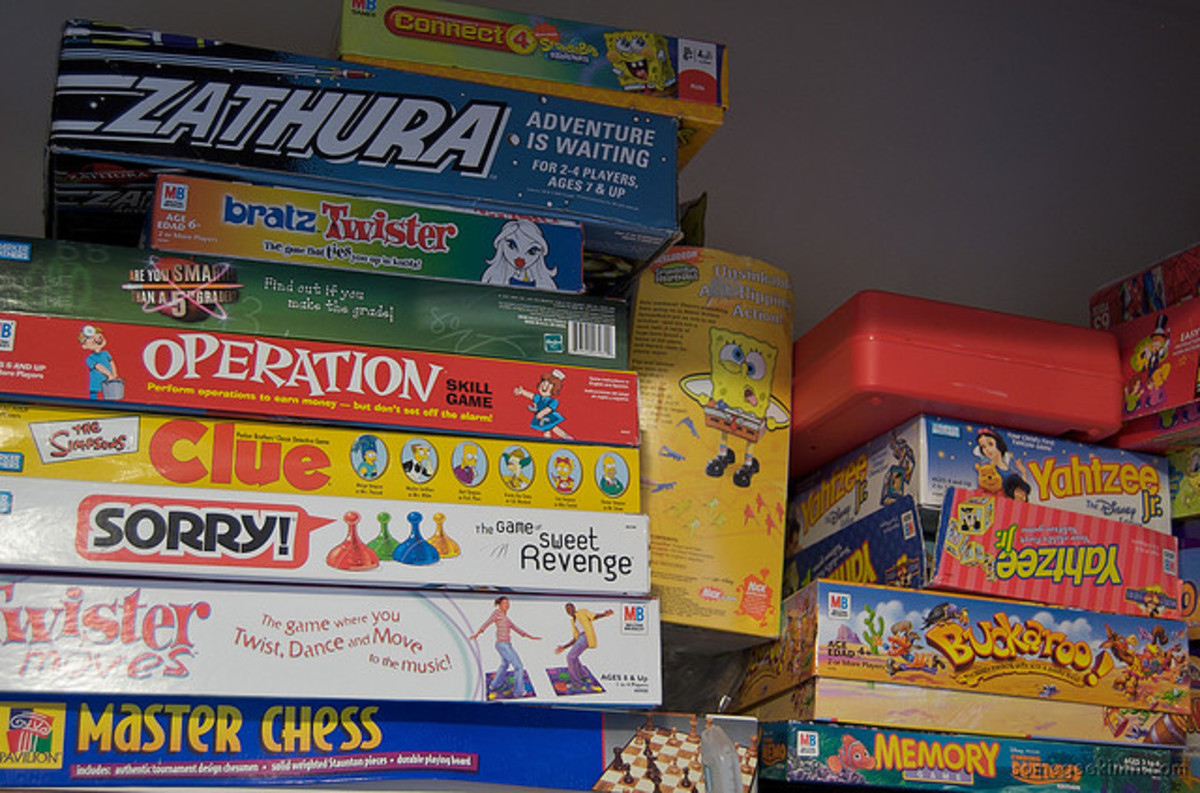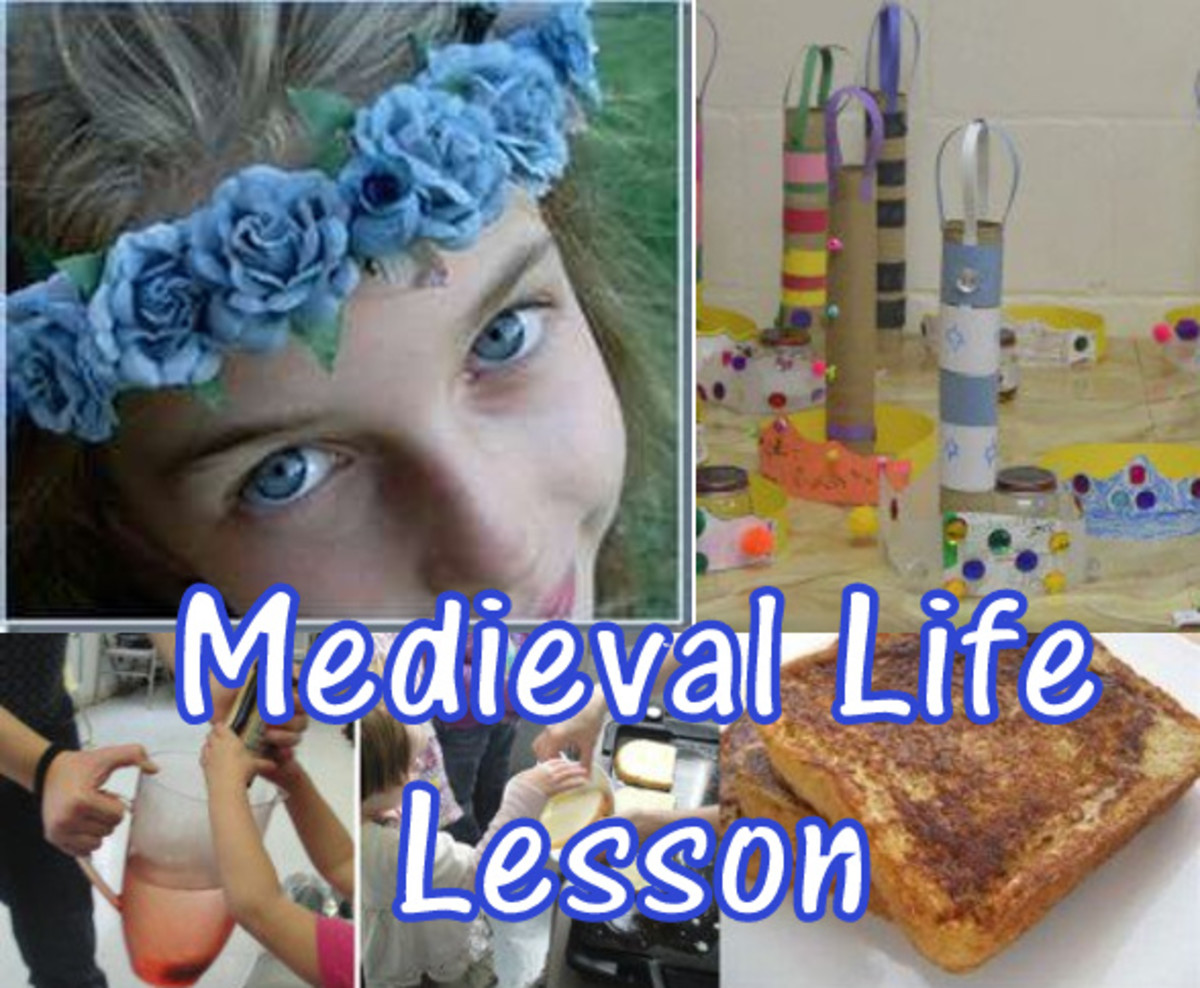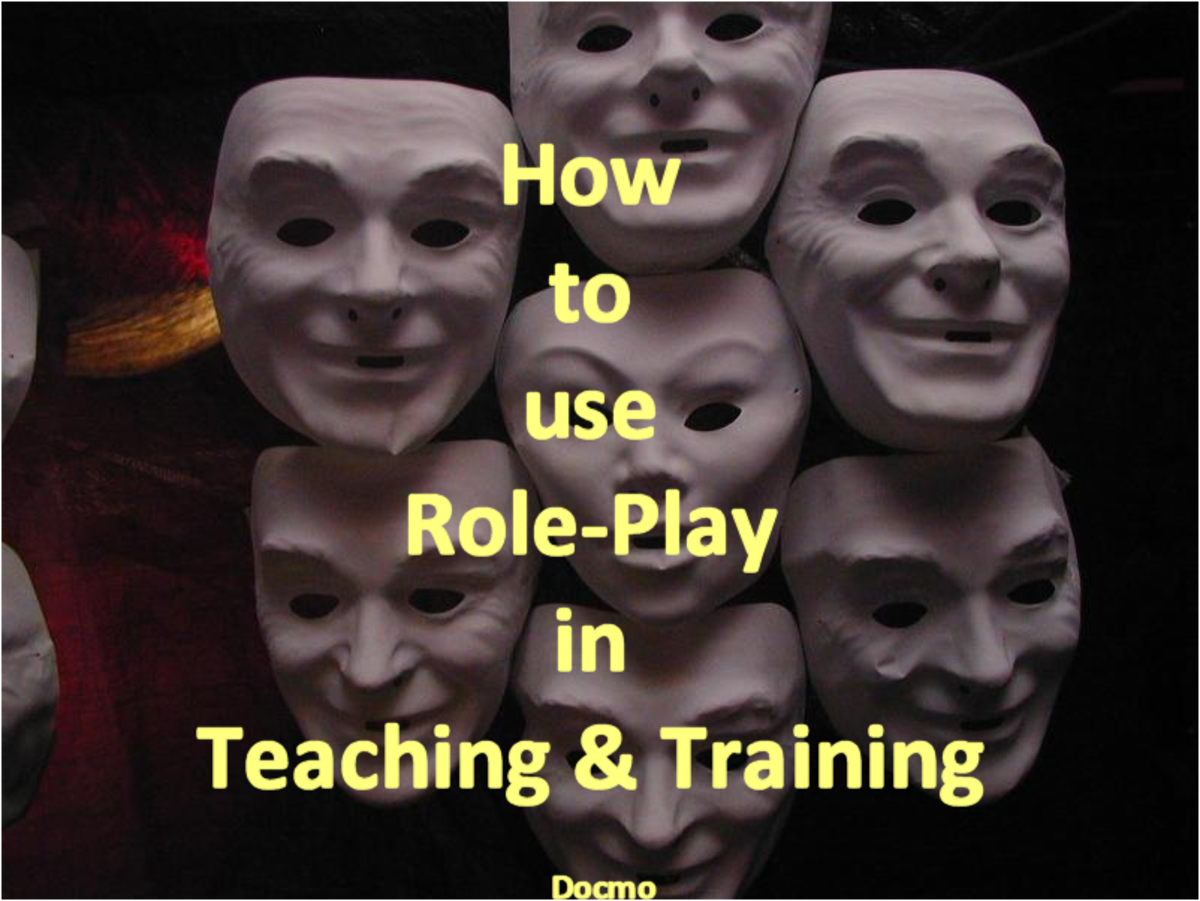How to use Gardening to Improve Fine and Gross Motor Skills in Developmentally Disabled Children.
Children bloom like flowers when allowed to
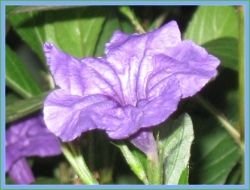
Gardening is fun. It's good for developing better fine and gross motor control, too.
Let their gardens grow.
Gardening is a joy for so many people around the world.
Sadly, in America, fewer and fewer of our children ever get the opportunities to explore nature that those of us from previous generations were afforded.
From container gardening to school yard vegetable plots, from flower beds to pots of vines, gardening offers children opportunities to commune with nature, learn loads of concepts relating to math, science, nutrition and good work habits, and have real world, meaningful tasks allowing for fine and gross motor manipulation exercises.

The activity is the road on which the student arrives at a successful outcome. You need a map to get there.


Safety comes first.
Whenever one intends to work with any child, much less developmentally disabled children, think about potential safety issues first.
Thinking on the front end makes for happy kids on the classroom end.
Here are a few things to consider:
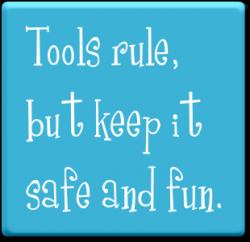
Good gardening tools for children

Tools
Go for things with good rubber hand grips whenever possible.
A tool should fit easily in the hand that will be using it. Teach good tool safety before the child is presented with the tool.
When teaching tool safety, always do a physical demonstration first. Then, do a guided practice with the child.
Task repetition is essential for retention. Typically, it is believed the average student must hear information eight times for good retention. Special populations will require more and much more in the way of skill maintenance once acquired.
When working with developmentally disabled children and tools, it is imperative to know the child well. Never give a child a tool you think they might hurt themselves with. Stay close enough to the child to assist with or remove the tool as needed.
Be especially mindful of this with physical disabilities such as Cerebral Palsey which may present by uncontrolled muscle movements.

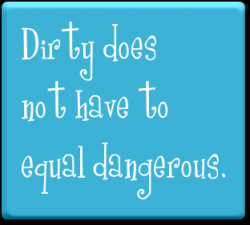
Soil
You may laugh, but if being honest, we all know little ones have been known to eat dirt, literally.
While there is scientific data to support the fact that there are certain minerals in dirt the body needs, it doesn't need the chemicals and additives found in some potting soils.
Little bodies don't need toxins that leech into compost from using shredded paper that was glossy or had certain dyes and/or inks. Be sure the soil utilized is safe, just in case someone slips a mouthful when you turn your head to sneeze.
It happens to the best teachers and parents, so be prepared.

Know your bad boy plants.

Plant selections
Some plants are highly toxic to humans.
I love having plants in the classroom, but know which ones to avoid both for decoration and for gardening with children.
Kids do things we don't understand as adults.
They will on occasion just grab a leaf off a plant and go to munching.
The chances of such behavior increase in the developmentally disabled population. With that in mind, be sure every plant you select is child friendly.
This is a BAD plant. Yes, it's very pretty.
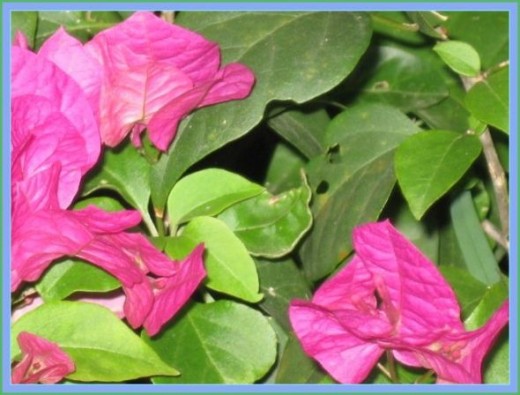
While the plant is one of my favorites, it has huge thorns. They hurt. I know, as it lurks in my yard. This is an example of the type of plant that is tempting, but toxic, in classrooms.


Allergies
Be sure to consider allergies when picking your pretty plants. African Violets are gorgeous. Many people go into sneezing fits around them, so you might want to cross them off your list of candidates. Also, look to weed out plants that have thorns or leaves that have sharp or serrated edges.


Protective clothing
Grass stains don't always want to come out.
If doing gardening as a classroom activity, moms may not like their little darlings coming home covered in dirt. Provide aprons or smocks and some mats for kneeling on. Keep plenty of soap and Germex available.

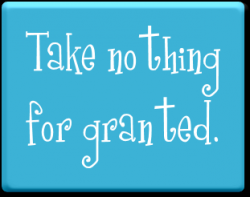
Hand washing
No, it's not a given.
Children with developmental disabilities will often require verbal reminders to wash hands immediately after gardening projects.
In schools, water heaters are set at a maximum of 110 degrees to prevent water mixing accidents. If doing gardening outside a school setting, monitoring of the water mixing is required for those students who have yet to master the skill for obvious safety reasons.

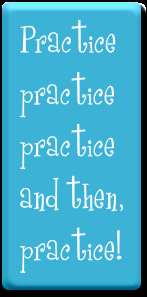
How to use gardening to work on fine motor skills improvement.
The only way to learn something is to do it, and then do it again, and again.
To improve fine motor skills one must provide activities requiring fine motor skill usage. Then, observe, look for ways to improve, modify if needed, and repeat.
Pincer movements - This is simply picking up small objects using thumb and index finger. Pincer movements are sometimes hard for some special needs and small children.
The pincer movement is repeated every time a seed is picked up for planting, sorting, storing or transporting. We all know the only way to get better at anything is to practice. Gardening offers a fun way to do just that.

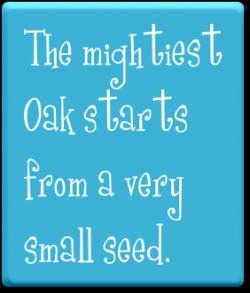
Start small and grow it, just like your plants will be doing.
Start students with larger seeds so the movement will be something they can master successfully without too much effort. As skills improve, introduce smaller seeds. Once students see some of their plants start to sprout, they will be motivated to grow more. The idea of new plants will be well received, even if the seeds are smaller and require a little more effort, at first.
As plants grow, they offer more opportunities for children to work on skills. Pinching off leaves requires usage of the pincer movement as does picking up a fertilizer stick and inserting it. You get the idea. Let them gain kinesthetic knowledge while having fun.
Kinesthetic knowledge can be thought of as body movement knowledge, like that learned when learning to type. Eventually, your fingers just do it and you are not consciously thinking about it, loosely paraphrased.

How to use gardening to work on gross motor skills improvement.
Gross motor skills are things requiring bigger muscle groups as compared to fine motor skills. As with any skill, opportunities for using the skill have to be there for practice. Gardening offers many such chances. The simple act of moving a cup of dirt from a bag of potting soil to a pot is a gross motor movement. To improve gross motor in children, simply increase the difficulty of the movement gradually over time. For example, if using the cup movement, start with one cup and then gradually move up to a bigger two cup container. This will build the strength and stamina required for the movement in the child when done in a positive way over time.
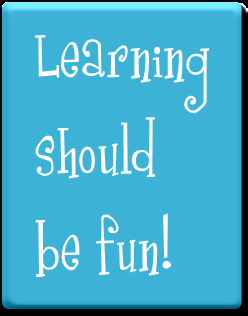
Getting the effort is the hard part.
If you want them to work for you, you have to make it fun for them.
Too many times with some of our special needs darlings, teachers and parents find the child may not be willing to exert the effort required over time to improve the skill.
Gardening provides for an activity most enjoy. As long as the effort for success is increased gradually enough and the fun is high enough, children will naturally try a little harder without noticing it too much. Make sure when designing your gardening activities that you account for each child's particular skill and strength levels. Provide them with a unique gardening task that is within the child's ability to accomplish, but not too easy.
As your garden blooms, you will find the skills will as well.

- Beating the Back to School Blues - Tips for Making it as Stress Free as Possible.
Tips for parents to make back to school as stress free as possible for the entire family, while getting kids off to school on the good foot from day one.
Check out Ollie's garden below to see one child's journey

All word art and dividers were created at www.cooltext.com by Vix.
Image credits; Vix
© 2013 Rhonda Lytle

